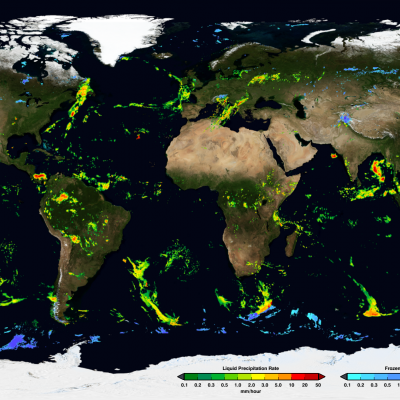IMERG Measures Flooding Rainfall in India
In early August 2019 a depression formed in the Bay of Bengal that moved over India contributing to heavy rainfall on India's west coast. NASA's satellite data analysis suggests that from August 5 though 11, two feet of rain fell in some places. This estimate is from the GPM-based realtime multi-satellite algorithm called IMERG, which is run at NASA Goddard. Credit: Owen Kelley (NASA GSFC)
Convective activity and moisture variation during the field experiment MISMO in the equatorial Indian Ocean
Publication Year
Journal
J. Dis. Res.
Volume
3
Page Numbers
69-77
Mission Affiliation
Major Category
Modeling Study of a Tropical Squall-Type Convective Line
Publication Year
Journal
J. Atmos. Sci.
Volume
46
Page Numbers
177-202
DOI
10.1175/1520-0469(1989)0462.0.CO;2
Mission Affiliation
Major Category




